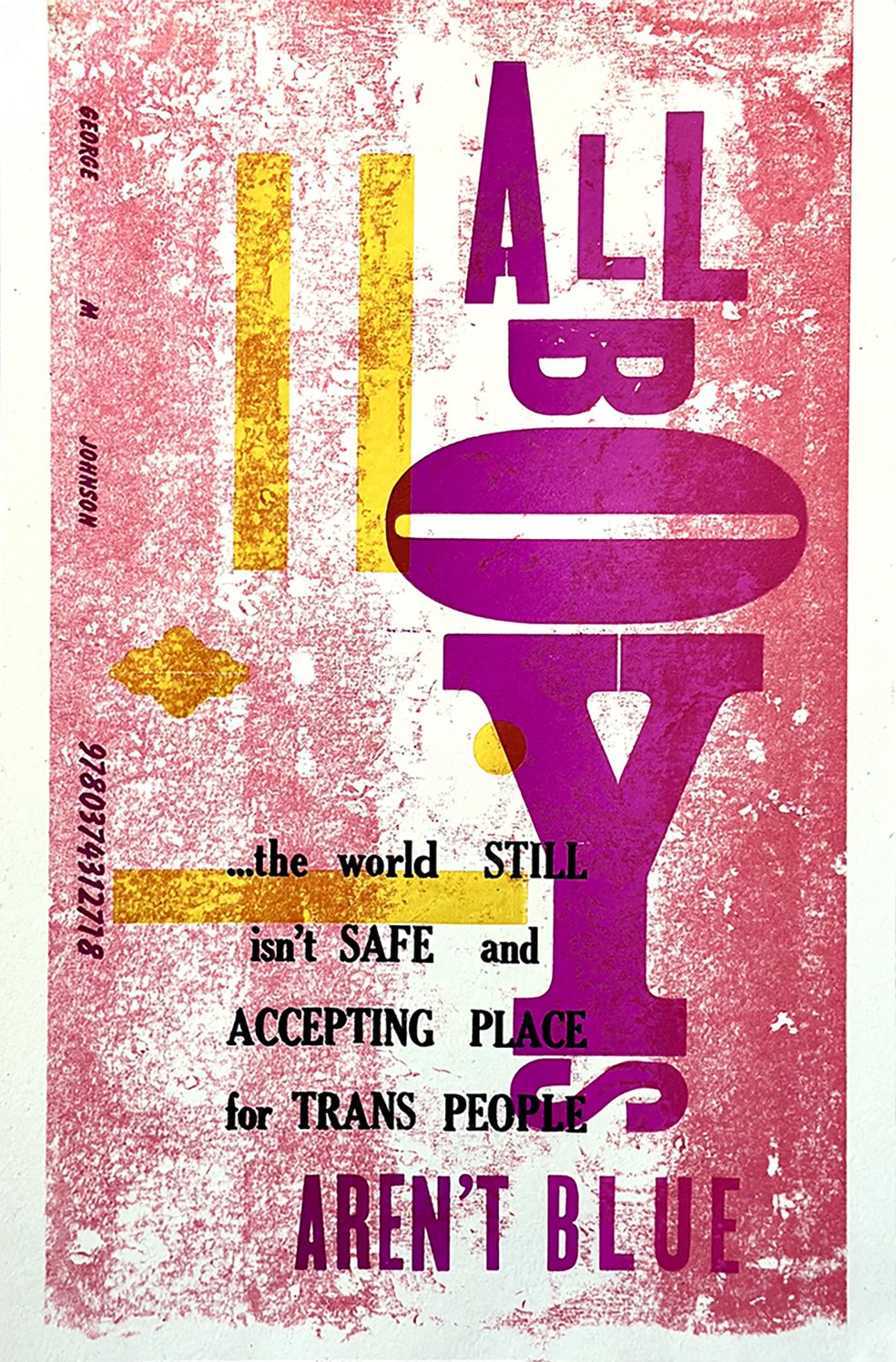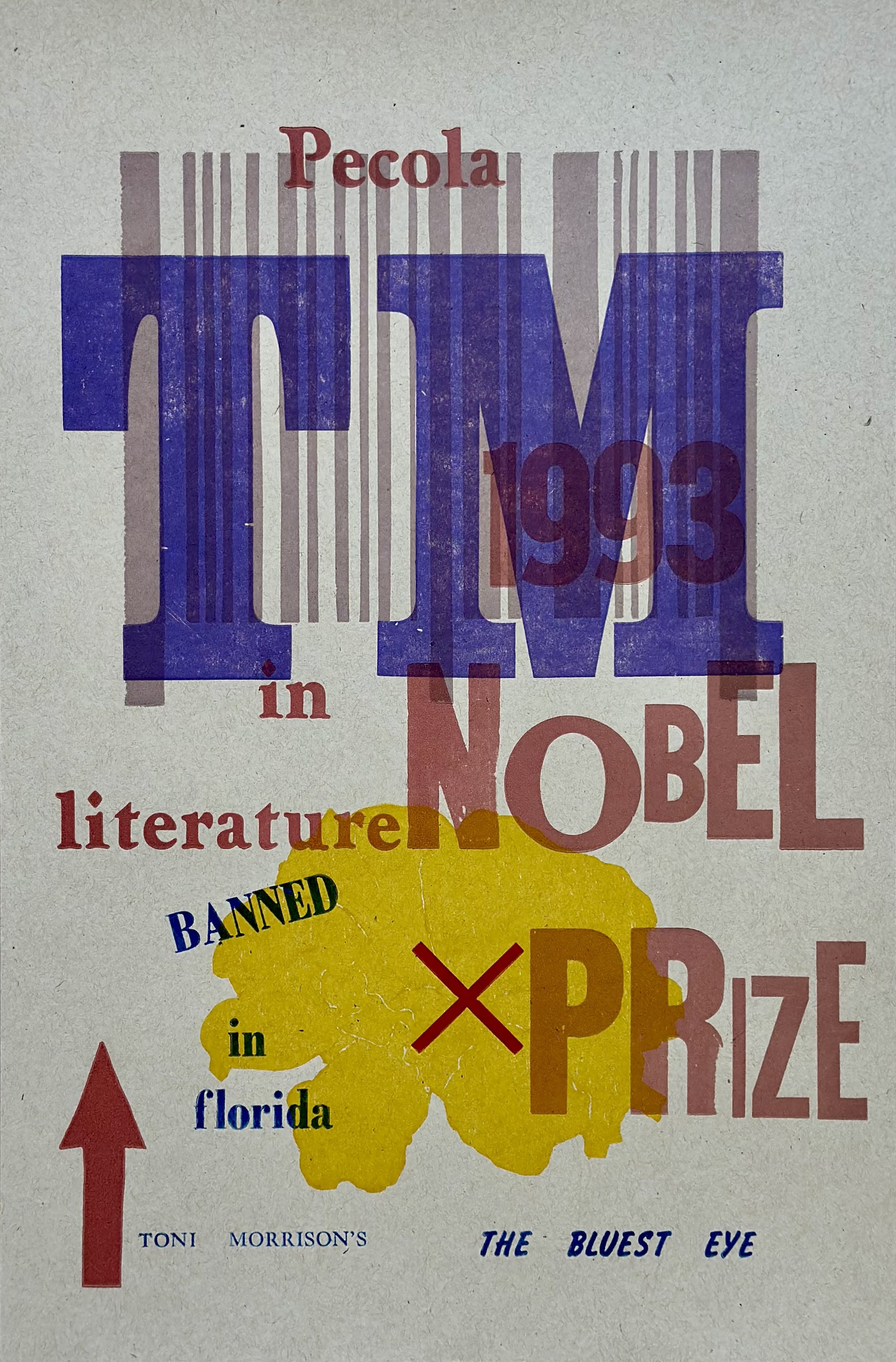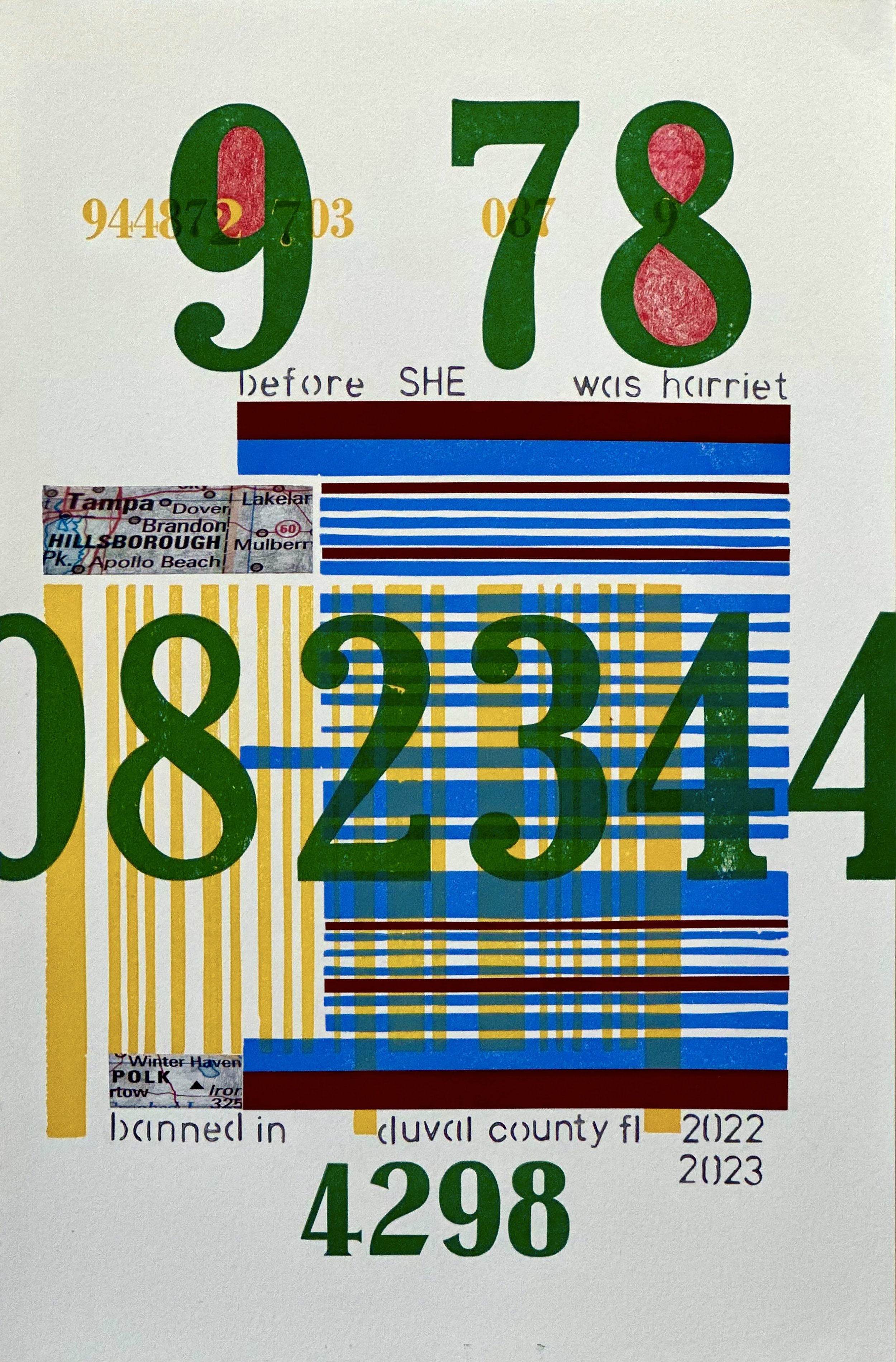



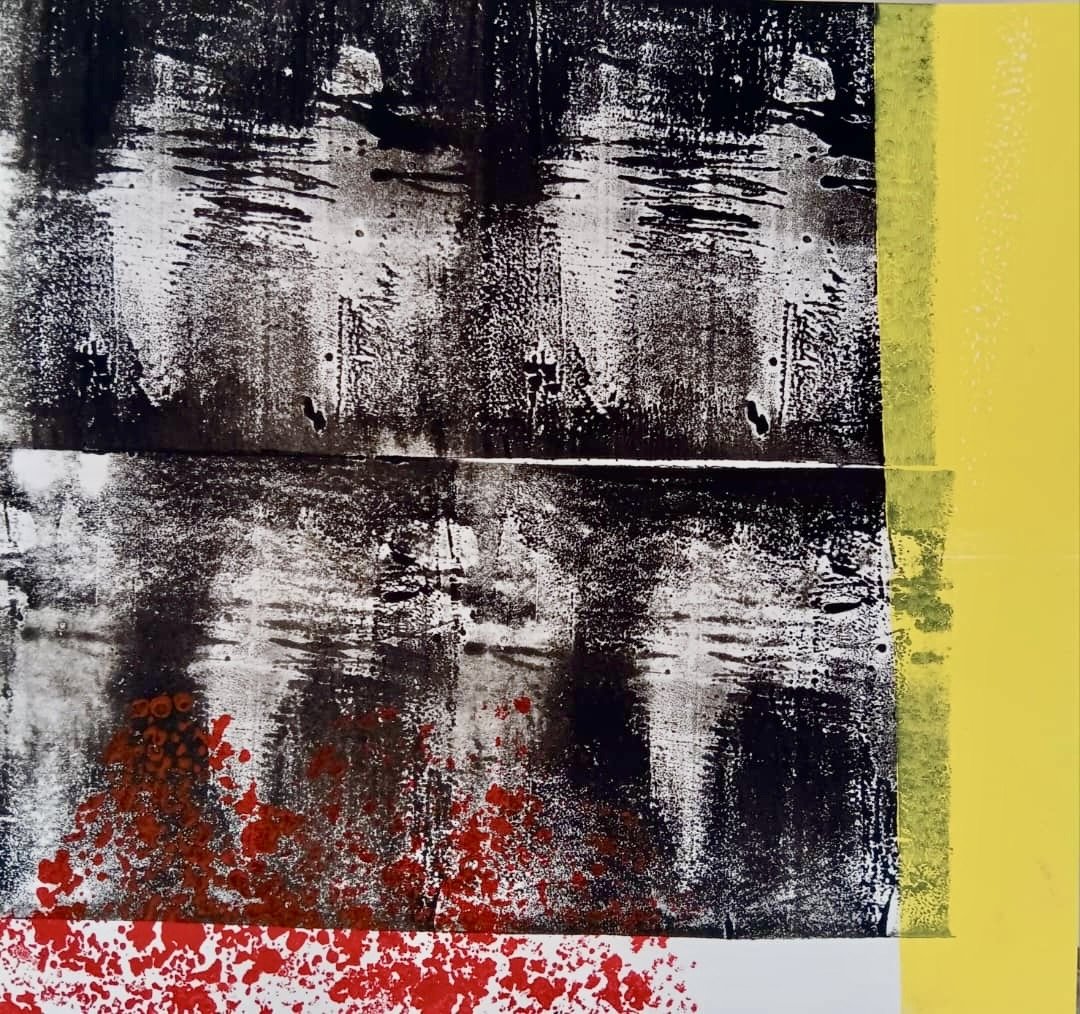



Tributo a Punto Naranja, installation 2024-2025.
27 letterpress and relief prints, 8”x 8” each, mounted on wood panels.
24” H x 56” W x 2” D - (60.96 cm x 142.24 cm x 5.08 cm)
Expansión 15 I 15 Bienal de La Habana
Centro de Arte Contemporáneo Wifredo Lam / Wifredo Lam Centre for Contemporary Art
Calle San Ignacio 22, Havana, Cuba
Expansión 15 is an exhibition that wraps up the 15th Havana Biennial. It features a selection of artworks that were either donated to the Biennial or reflect the themes and ideas explored in this recent edition. The exhibition also highlights the creative outcomes of a special artist residency held in partnership with the Quisicuaba Association at the “Punto Naranja” Camp.
Throughout history, artists have harnessed their creative power to voice protests, both subtle and overt, responding to turbulent times while engaging in the essential process of free and open questioning inherent to civic society. In my artistic practice, I embrace a multidisciplinary approach, with a particular passion for printmaking. My current focus lies in the realm of letterpress and linoleum prints, where traditional techniques are employed to amplify new voices, disseminate knowledge, and ignite creativity and conversation.
I draw inspiration from the historical significance of American broadsides, broadsheets, political posters, and the art of the WPA program. The rich legacy of printmaking in education and activism captivates me, and I am dedicated to using these mediums to highlight social issues within communities. My goal is to educate and inspire action through art, continuing the tradition of printmaking as a powerful tool for change.

Protege la biodiversidad - Letterpress print
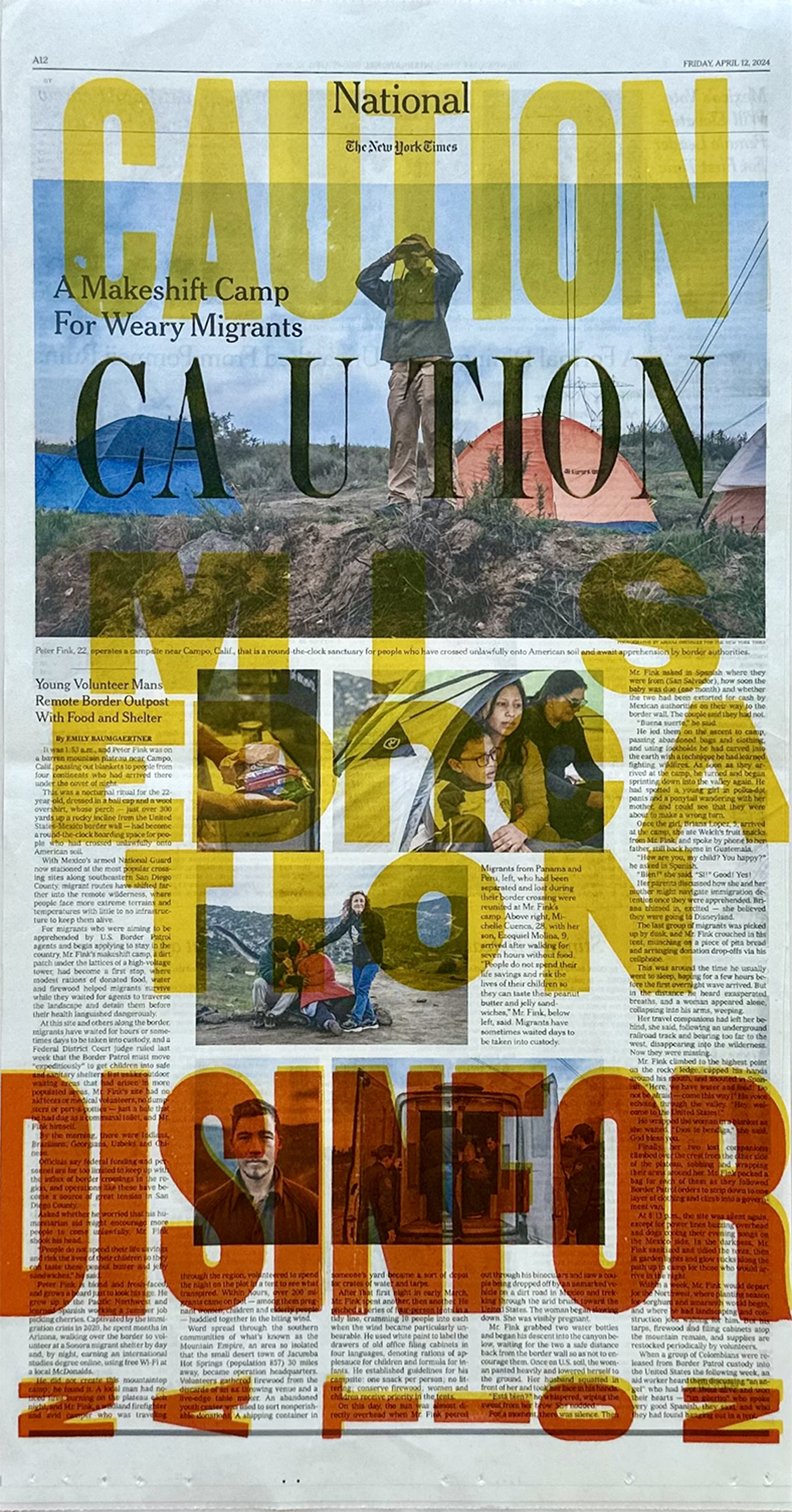
Caution- Letterpress print

Respect Nature - Letterpress print
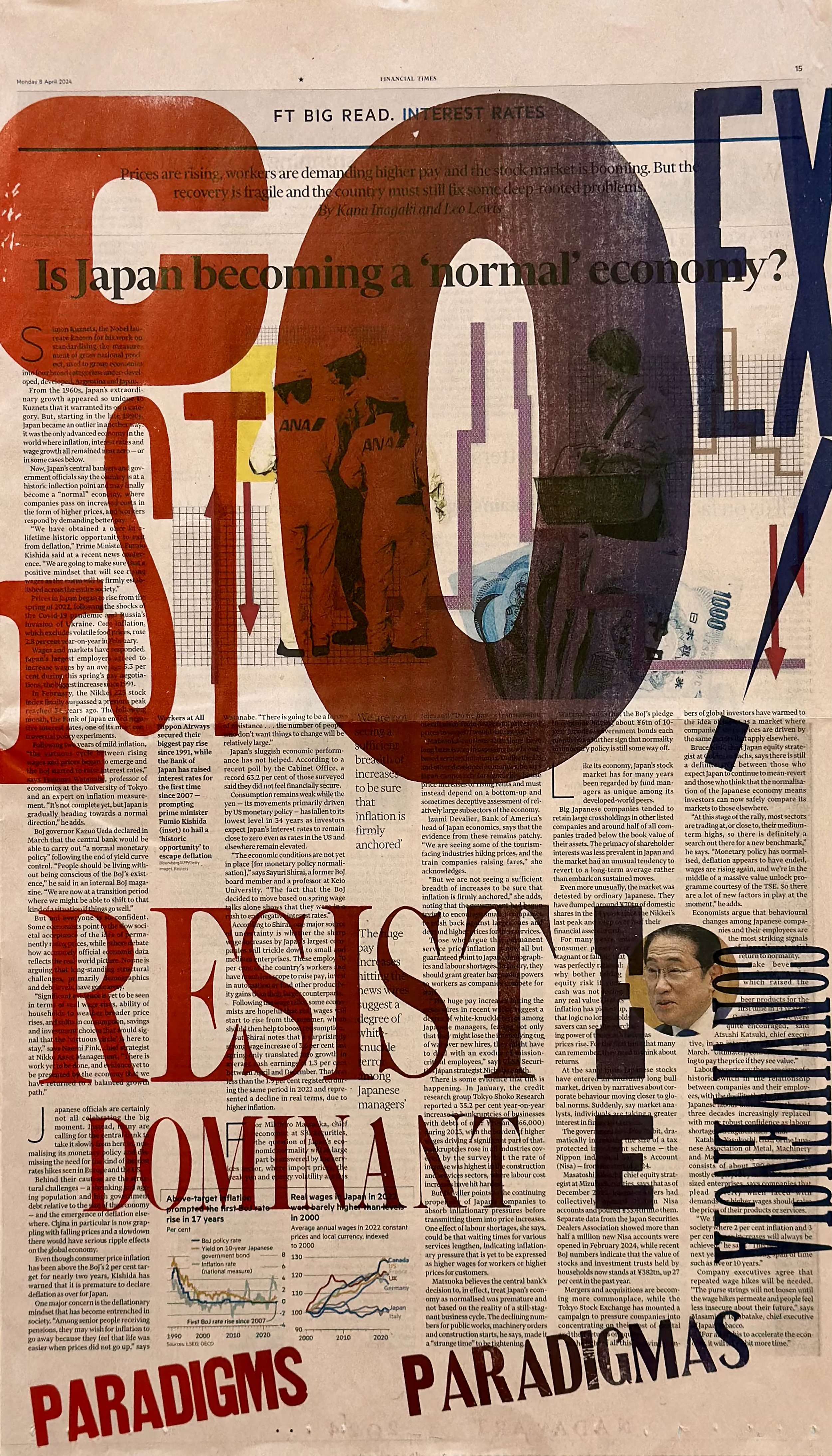
Coexist-Financial Times
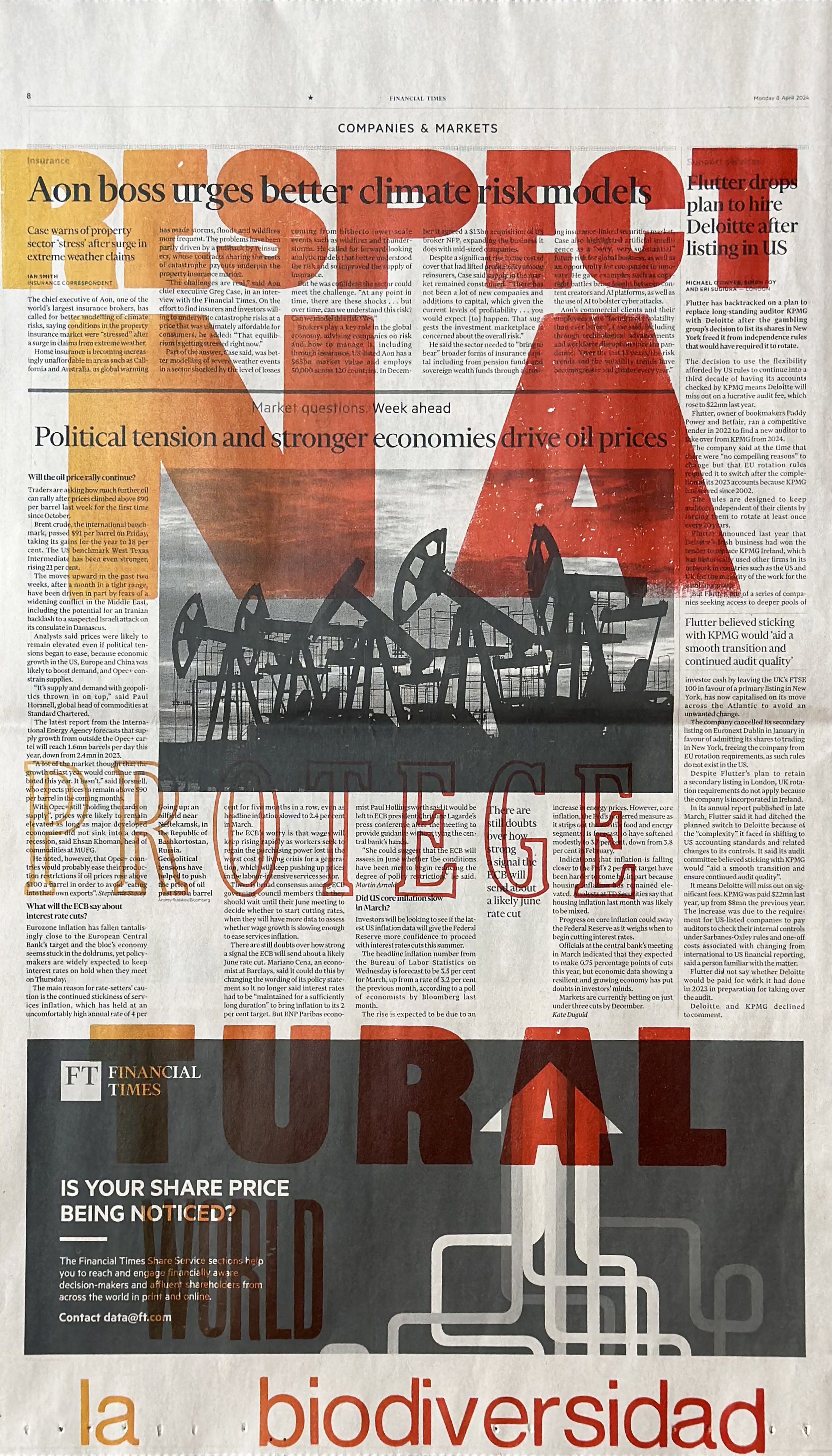
Respect-Financial Times
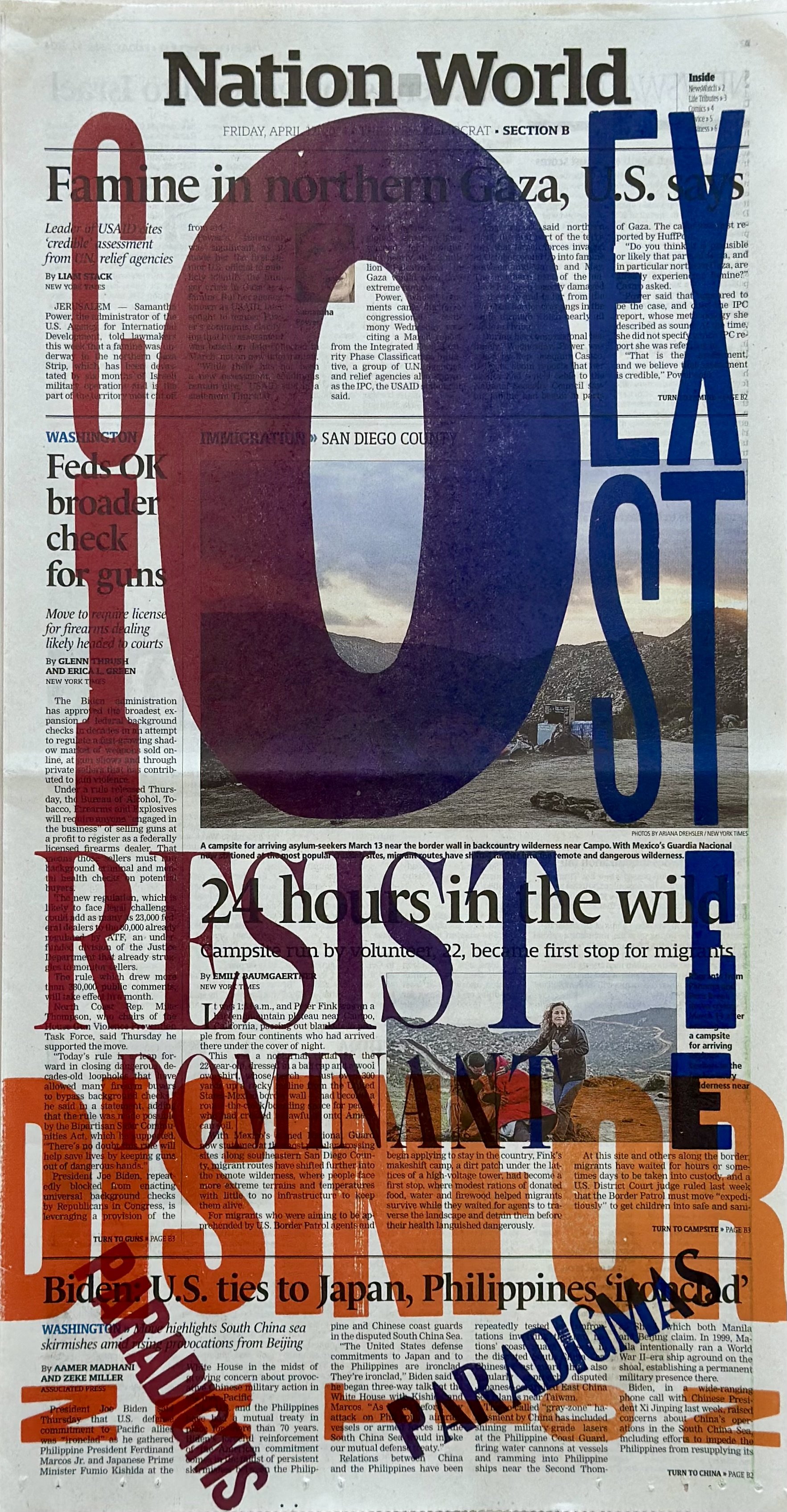
Disinformation
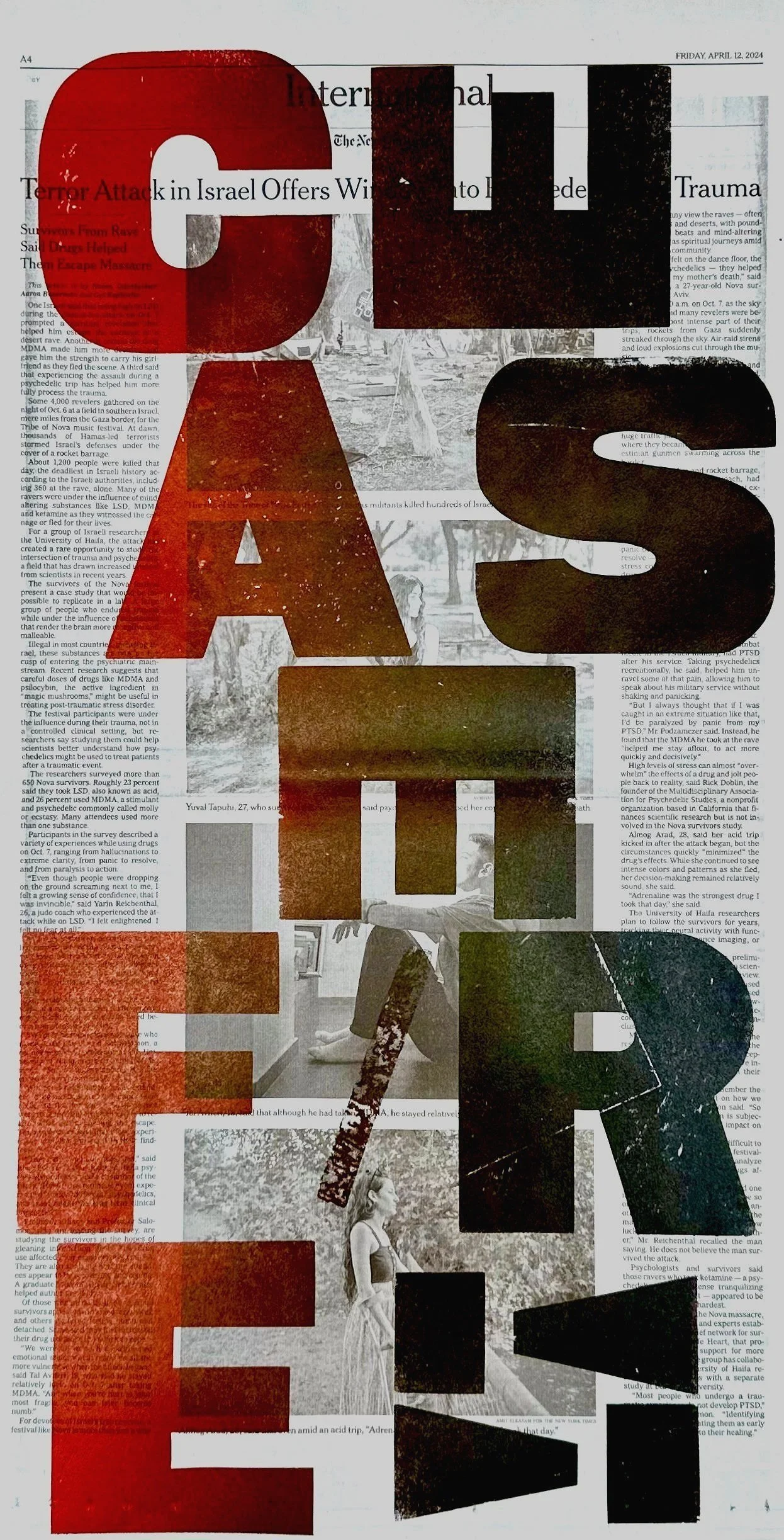
Cease Fire - Letterpress print on New York Times

Detail

Detail
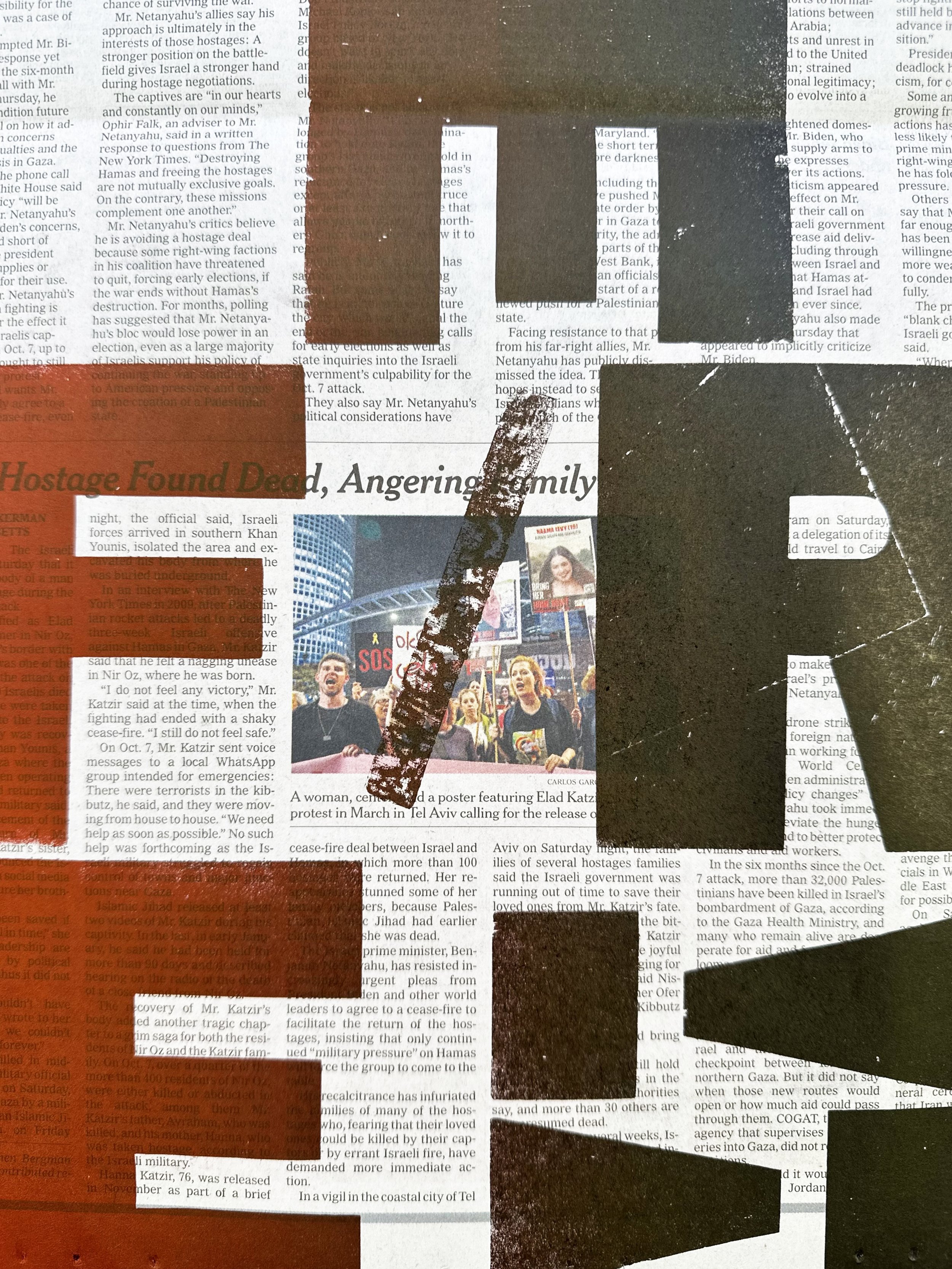
Detail

Installation view
The works below are part of Forbidden Pages, an ongoing art and social engagement project that uses letterpress and linoleum printing as a starting point to examine censorship and the transformative power of storytelling.
These vibrant, paper-based prints merge art and activism, challenging book bans and inviting public dialogue. Drawing from a growing list of over 2,500 banned or challenged children’s books, the series highlights titles such as The Bluest Eye by Toni Morrison, Before She Was Harriet by Lesa Cline-Ransome, and All Boys Aren’t Blue by George M. Johnson.
Through bold, overlapping text, vivid color palettes, and layered textures, the works use abstraction to evoke themes of erasure, resistance, and resilience. Many prints integrate visual elements like ISBNs, barcodes, and fragments of text—serving as symbolic markers of identity, access, and loss.
Forbidden Pages seeks to ignite curiosity and critical reflection, particularly in light of the growing restrictions on literature in Florida’s public schools. By weaving visual storytelling with urgent social commentary, the project reaffirms the fundamental right to read—and gives voice to those being silenced.
The prints below are part of "Rituals of Commemoration: THEY EXISTED," an artist book in the making that shines a light on the tragic loss of over 187 Black lives in Florida due to law enforcement actions since 1979. On average, U.S. police shoot and kill over 1,000 people annually, as reported by The Washington Post. Since 2015, The Post has recorded 9,767 fatal police shootings. (updated June 10, 2024)
Crafted with linoleum, letterpress, and polymer plates, each poster combines factual accounts and direct quotes from victims' families with poignant imagery to emphasize their humanity. The book aims to document and remember the individual stories that have often been ignored, with an initial run of 50 copies distributed free to libraries and universities in the affected communities.
This work builds on the 2014 initiative "Rituals of Commemoration," which features a memorial constructed from nine columns of inscribed or painted cement bricks. These bricks, categorized by decades and starting with Arthur Lee McDuffie in 1979, represent over 1,967 named victims. They function as both tombstones for the lives lost and as foundational elements for the impacted communities. The inscriptions encourage reflection on power dynamics, violence, and victimhood, merging contemporary art with historical preservation.
Fifty percent of all sales from these prints will benefit, supporting their crucial advocacy for justice and accountability. The remaining fifty percent will fund the ongoing creation of "Rituals of Commemoration: THEY EXISTED."


























